Tomorrow is the Battle of the Books competition in my daughters’ fourth grade class. Battle of the Books is a 10-week reading and comprehension competition in which teams of fourth graders read the same five books and then have to answer questions from those books to see how much they understood and retained. I am the “team manager”, which means I have been in charge of making sure the team is prepared and has studied the right things. We’ve had several team meetings and I think the Fictionistas (our team is five girls, including two sets of twins) are ready for battle.
Being the type-A team manager that I am, I read all five of the books and prepared questions for them to answer. Since I read five books in the last week, and since it kept me from reading the usual fare I like to review here on EDIWTB, I figured I could at least write a blog post reviewing the books. I ended up liking them quite a bit. I think the teachers did a great job picking five books that would appeal to a range of interests and reading abilities, while still providing a challenge for the competition.
So here are my quick reviews of the books we read:
The World According to Humphrey by Betty G. Birney. The World According to Humphrey is about a hamster who lives in a fourth (fifth?) grade classroom. He is used to being taken home at night by young, freewheeling substitute teacher Ms. Mac, but when permanent teacher Mrs. Brisbane returns to her job, she is horrified by the “rodent” in her classroom and leaves Humphrey alone overnight. Humphrey learns to fend for himself, but along the way he befriends the school janitor and wheedles his way into Mrs. Brisbane’s good graces. She decides to let him go home on weekends with students, and on these visits, Humphrey works his gentle magic. He helps parents parent better, he inspires kids to be more cooperative, and he lifts the spirits of hopeless, depressed adults. If I am making the book sound corny, it isn’t – it’s sweet and entertaining. Great book for fourth graders.
A Year Down Yonder by Richard S. Peck. A Year Down Yonder takes place in 1937 during the Great Recession, which occurred after the Depression. 15 year-old Mary Alice Dowdel has been sent by her parents to live with her grandmother in rural Illinois, because they have been forced to move into a Chicago boardinghouse that doesn’t have room for her. At first, she is very unhappy at the prospect of leaving Chicago and moving in with her abrasive, emotionally distant grandmother in her hick town. But Grandma turns out to be conniving and outrageous, as well as loyal and generous with a strong sense of justice. She puts people in their place and never apologizes for it. I really liked A Year Down Yonder. I found myself laughing out loud throughout the book (usually at Grandma), and was touched by her relationship with Mary Alice and the people in her small town. Another good read for fourth graders, though there is some outdated language that they didn’t always grasp and some mature themes that thankfully sailed over their heads (a teenage pregnancy, a woman caught nude in a young man’s boarding room). This is a Newbery medal winner (2001) and, it turns out, a sequel – I think I may look into its predecessor as a possible Mother-Daughter Book Club book.
The Sign of the Beaver by Elizabeth George Speare. More historical fiction from Speare, who also wrote The Witch of Blackbird Pond. Sign of the Beaver is about thirteen year-old Matt, who has moved with his father to what is now Maine to build a house and settle land there in the late 1700s. When his father has to return to Massachusetts to retrieve Matt’s mother and younger sister, he leaves Matt in charge and promises to return in 7 weeks. While his father is gone, Matt has to learn to fend for himself. He ends up coming in contact with an Indian boy and his grandfather, and after a rocky start, Matt builds a relationship with them that becomes very deep and enduring. The boy, Attean, teaches Matt how to trap, fish, build a bow and arrow, and mark a trail. He also teaches Matt about his tribe’s culture, bringing Matt back to his village for some ceremonies and celebrations and integrating him into his family. In the end, Matt has to decide whether to wait for his family, who has not returned after five months away, or join the tribe as it moves further north. There are also good questions raised about the white man’s ways vs those of the Indians, and how those cultures clashed as settlers moved into lands long held by Indians. I was surprised by how much I enjoyed The Sign of the Beaver (a Newbery honor winner in 1984) and strongly recommend it for fourth graders.
The Original Adventures of Hank the Cowdog by John Erickson. The Original Adventures of Hank the Cowdog is the first in a popular series about Hank, a cowdog in Texas who isn’t quite up to the job of protecting the chicken coop. In this first book, Hank and his even more inept sidekick Drover fail to prevent the murder of some hens on a neighboring farm, and Hank gets unjustly accused of doing the killing himself. He takes great offense at the accusation and runs away, eventually finding his way to a nearby community of coyotes. He manages not to get himself killed, but forms an uneasy peace with Scraunch, the meanest and nastiest of the coyotes, while slowly becoming part of the coyote community. Hank’s loyalty is tested when Scraunch plans a raid on Hank’s owner’s farm, and Hank has to decide whether he’s a bad guy or a good guy. Hank the Cowdog was my least favorite of the five books, but it wasn’t bad. There were some funny moments when Erickson poked fun at Hank’s ineptitude, and the portrait of the coyotes, while unsavory, was illuminating. My daughters liked this book least of the five too. Maybe’s it’s a boy book.
Who Was Milton Hershey? by James Buckley, Jr. Who Was Milton Hershey? is part of a series of books for kids about famous people. This one focuses on the enterprising chocolatier, who lived in Pennsylvania from the mid-1800s to the mid-1900s. I learned a lot about Hershey in this book, but what stood out to me was what a decent guy he was. He provided services and amenities for his factory workers at a time when such benefits were rare, such as bank accounts where they could save their money, bonuses, running water and electricity. He built a whole town for his factory, and included things like parks, bowling alleys and theaters to improve his workers’ quality of life. Hershey was quite generous as well, founding a school for orphan boys and eventually donating all of his stock in the Hershey company to that school (which is now worth an astounding 9 billion dollars). Hershey didn’t raise the price on his Hershey bar for over 65 years, and he even installed electricity in the homes of his sugarcane factory workers in Cuba. Who Was Milton Hershey? was an easy and informative read for my fourth graders, and I think they will remember a fair amount about this creative, interesting, and socially progressive businessman.
So those are the books! I will report back on how the Fictionistas fared in tomorrow’s competition.







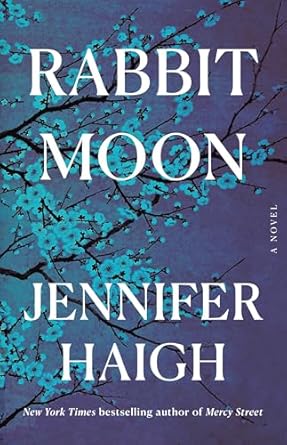
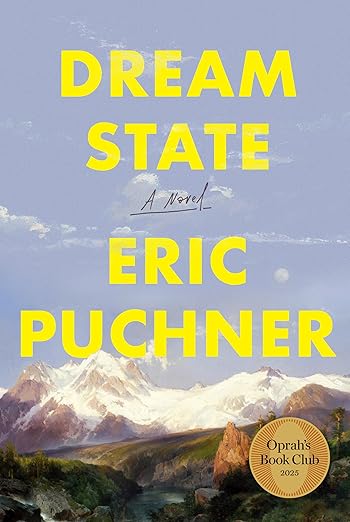
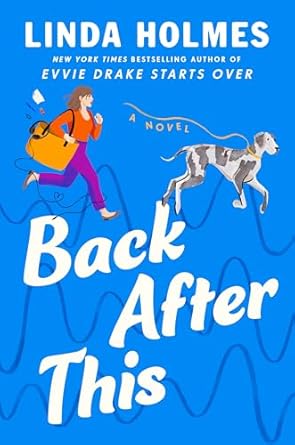
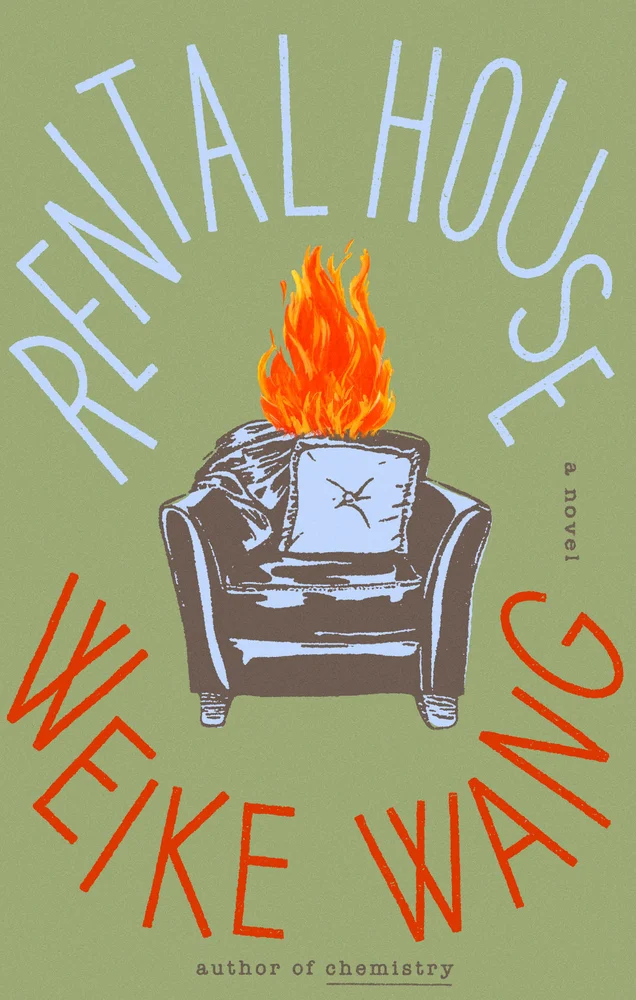
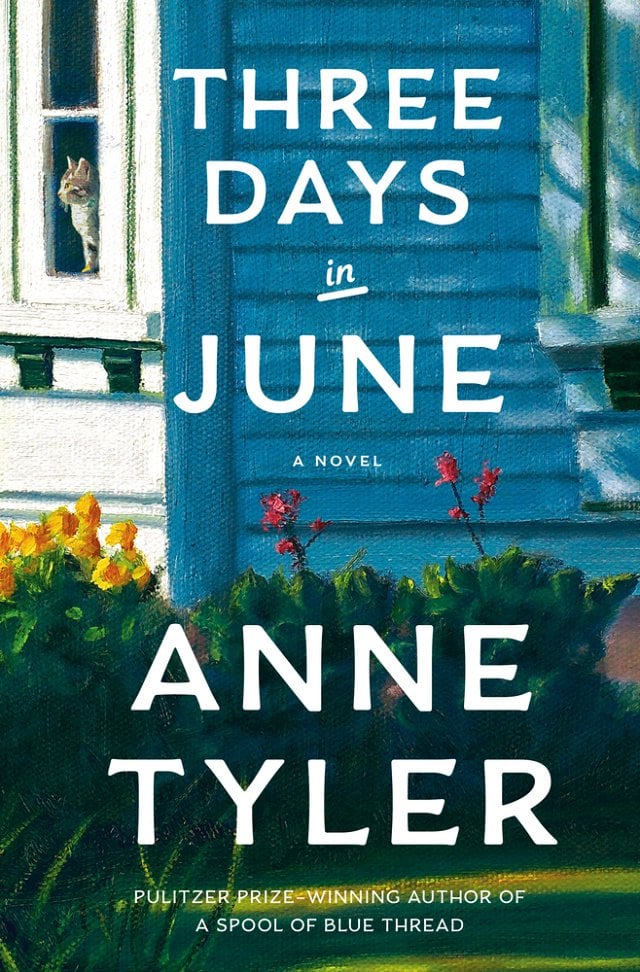


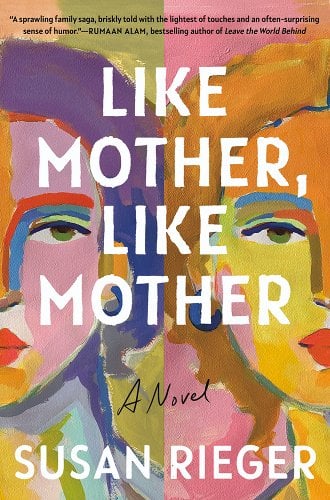
About Me
I have been blogging about books here at Everyday I Write the Book since 2006. I love to read, and I love to talk about books and what other people are reading.